
Ultimate Guide to Low-Maintenance Indoor Gardening: Find What Works for Beautiful Plants
Do you want a lush green indoor garden but fear the maintenance it requires? You’re not alone. Indoor gardening intimidates many because they are afraid it will be too time-consuming or complicated. But what if we told you that with the right plants and a few easy tips, you could have a garden that flourishes — with minimal effort? This guide to indoor gardening with low-maintenance plants will show you how. Whether you’re a busy professional or a first-time plant parent, this guide offers simple tips to grow your plants without the fuss. So, without further ado, let’s dive into your way to a stress-proof indoor garden!
Table of Contents
ToggleWhy Opt for Low-Maintenance Indoor Gardening?
If you want the beauty of plants without the stress of having to care for them 24/7, low-maintenance indoor gardening is the way to go. Here’s why it’s a good pick:
- Time-Saving:
Busy schedules leave little room for plant care. Low-maintenance plants can brighten your space with a little less effort. - Easy for Beginners:
These forgiving and easy-going plants are perfect for new green thumbs. They need less pruning, less watering, and less special treatment. - Health Benefits:
Indoor air quality is boosted by plants; they filter toxins and increase oxygen. You can enjoy cleaner air with little effort with low-maintenance plants such as snake plants or peace lilies. - Simple Aesthetics:
Plants that require less upkeep still beautify your space. Unlike houseplants, which require regular attention, pottery barn ceramic plants can brighten up your home without the burden of maintenance.
Low-maintenance indoor gardening is the way to go if you want to enjoy the benefits of indoor plants without the hassle.
Selecting Appropriate Low-Maintenance Plants
The recipe for low-maintenance indoor gardening — if you’re embarking on such a thing — is to select the right plants. Here are low-maintenance plants that flourish with little work on your part:
- Snake Plant (Sansevieria):
Snake plants are nearly indestructible, thriving in low light. They’re also watered only when the soil is dry, making them ideal for beginners.
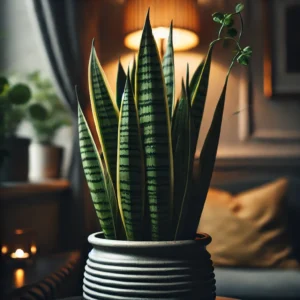
- Pothos:
Pothos are pest-free, low-light tolerant, hardy foliage, and they grow rapidly. They require little water and are perfect for hanging baskets or shelves.
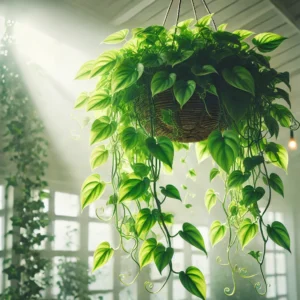
- ZZ Plant (Zamioculcas zamiifolia):
The ZZ plant does well in low light and infrequent watering. It is resilient and can go for weeks without attention.
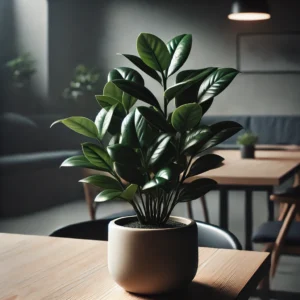
- Peace Lily:
Peace lilies are low-maintenance and thrive in medium to low light. They require little watering and can even withstand some neglect.
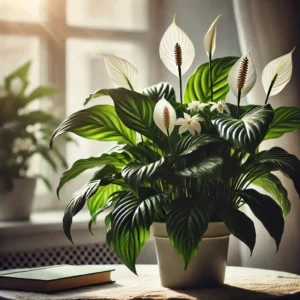
- Spider Plant:
Spider plants are forgiving and do well in indirect light. They need the occasional watering, and there are offshoots that can be repotted.
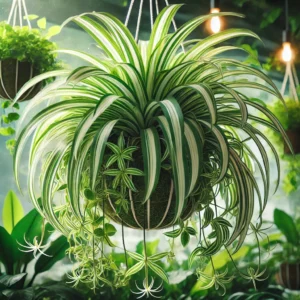
- Succulents (like Aloe Vera):
Succulents are ideal for sunny locations. They only require watering once the soil is dry, therefore they are suitable for people who often forget to water.
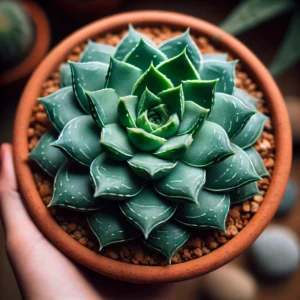
When choosing your plants, think about the light conditions and how much time you are able to commit to care. These easygoing plants will flourish in your home with minimal input, giving you lush foliage 365 days a year.
Must-Have Tools for the Low-Maintenance Gardener
The right tools make low-maintenance indoor gardening even easier. Here are some essentials to make plant care easier:
- Self-Watering Pots:
Self-watering pots keep your plants hydrated without the constant need to water them. They’re ideal for plants that don’t want to dry out too fast. - Watering Can with Long Spout:
Long, narrow-spouted watering cans allow watering precisely with no overwatering or soil disturbance. - Quality Potting Soil:
Opt for soil that drains well but still holds some moisture. A quality potting mix will benefit plant health and promote less vigilance. - Pruning Shears:
A sharp pair of pruning shears is essential for trimming dead leaves and stems easily, helping you keep your plants intact without much effort. - Humidity Tray:
Some indoor plants, such as peace lilies, actually thrive in humidity. You can use a humidity tray under your plants to help keep the moisture they require. - Plant Fertilizer:
Low-maintenance plants don’t need regular fertilizing, but a gentle boost from an all-purpose liquid fertilizer — used sparingly — can be nice.
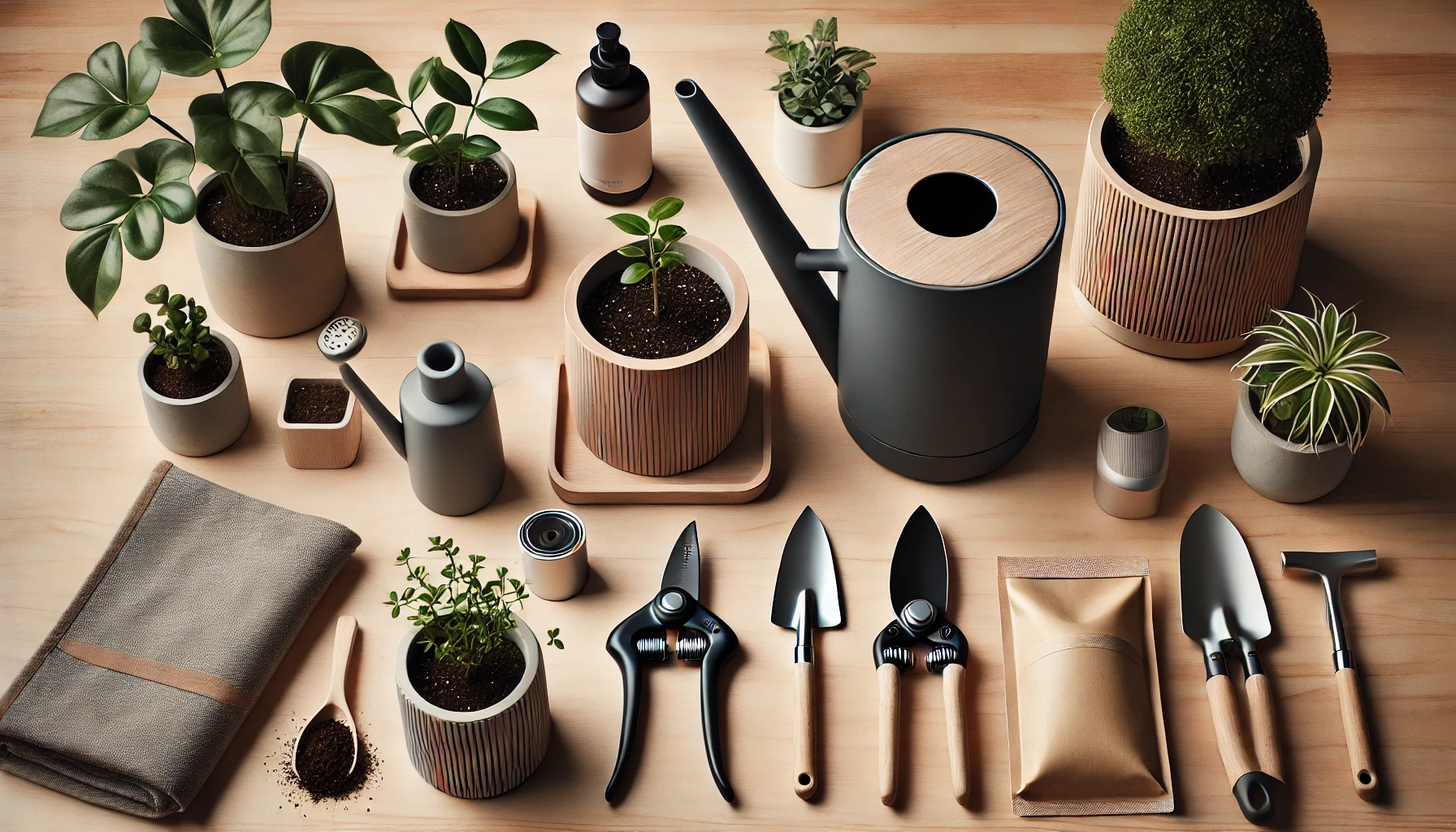
With these simple devices, you can lovingly tend to your no-fuss plants, maintaining your indoor garden with minimal effort.
Setting Up Your Indoor Garden
Establishing your indoor garden properly is crucial to making sure your plants survive with the least amount of effort. Here are some simple steps to follow:
- Choose the Right Location:
Choose a location according to your plants’ light requirements. Some, such as snake plants and ZZ plants, thrive in low light while others, like succulents, require direct sunlight. Look for a window with good natural light or use grow lights for darker corners. - Group Plants by Needs:
Group plants that have similar light and water requirements. It makes caring for them easier, so you don’t give too much or too little water. - Use the Right Containers:
Choose pots with drainage holes so water doesn’t pool at the bottom of the pot, which can lead to root rot. They are also a great option for hands-off gardening — because some have built-in self-watering amenities.
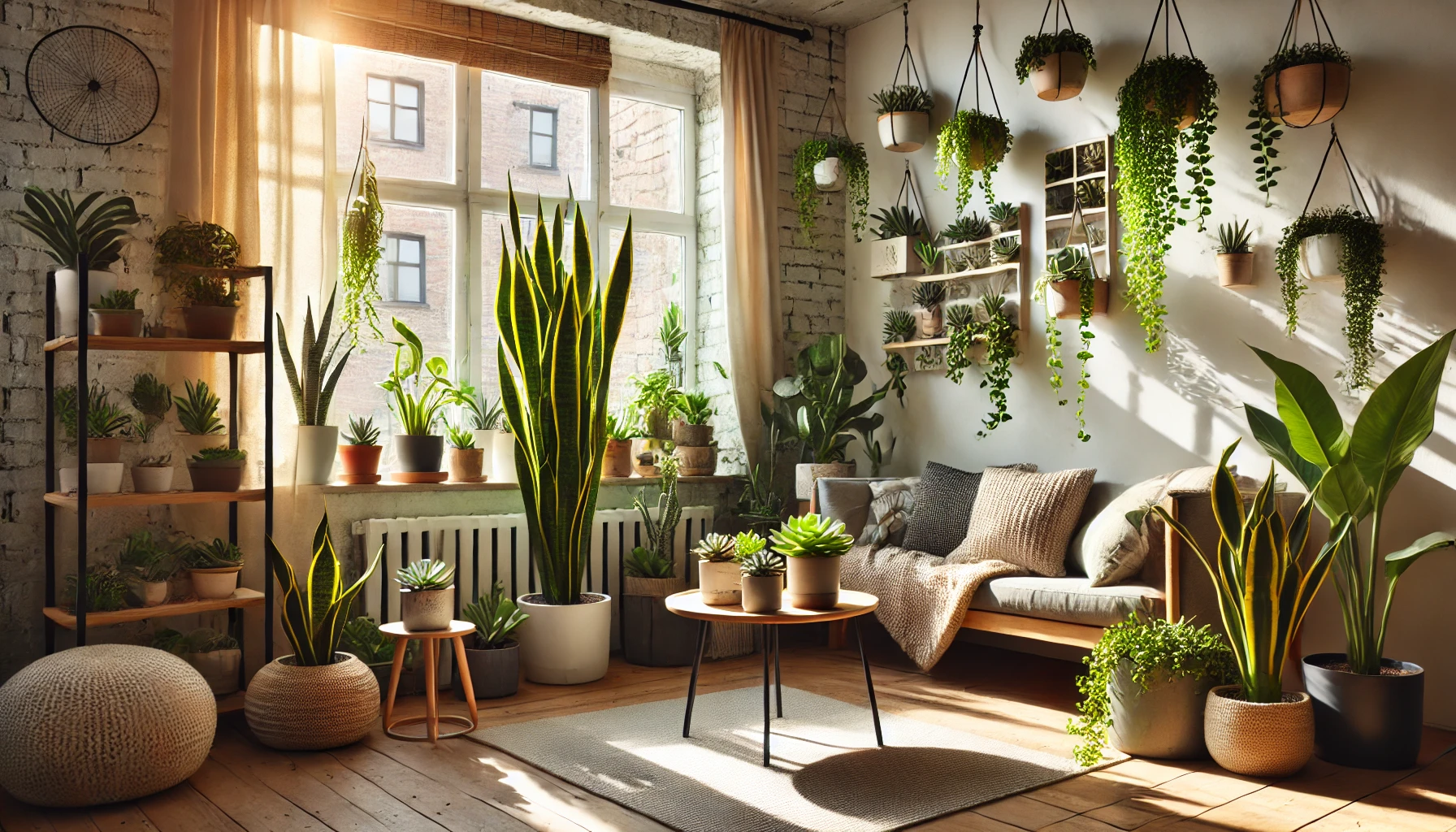
- Add a Decorative Touch:
Pick pots and planters that are in harmony with your decor. If you have a home garden, a few stylish planters can give your indoor garden the looks as well as the vibe it deserves. - Create Vertical Gardens:
If you’re short on space, look for vertical gardening solutions, such as hanging pots or wall-mounted planters. It saves space on the floor and provides ample room to grow your plants.
Setting this up thoughtfully will ensure your low-maintenance plants thrive with the least effort on your part.
Watering and Fertilizing Your Plants
Watering and feeding your plants correctly is very important for low-maintenance indoor gardening. Here are simple tips to keep your plants happy with little to no effort:
- Watering Basics:
The majority of indoor plants like to dry out a little between waterings. Stick your finger in the soil under the surface — if it’s dry 1-2 inches down, it’s time to water. Overwatering is the number one mistake people make, so ensure you have drainage in your pots. - Self-Watering Solutions:
Look for self-watering pots or systems that keep the moisture level consistent without you needing to pay close attention day to day. These are excellent for plants such as pothos or peace lilies, which prefer a consistent state of moisture.
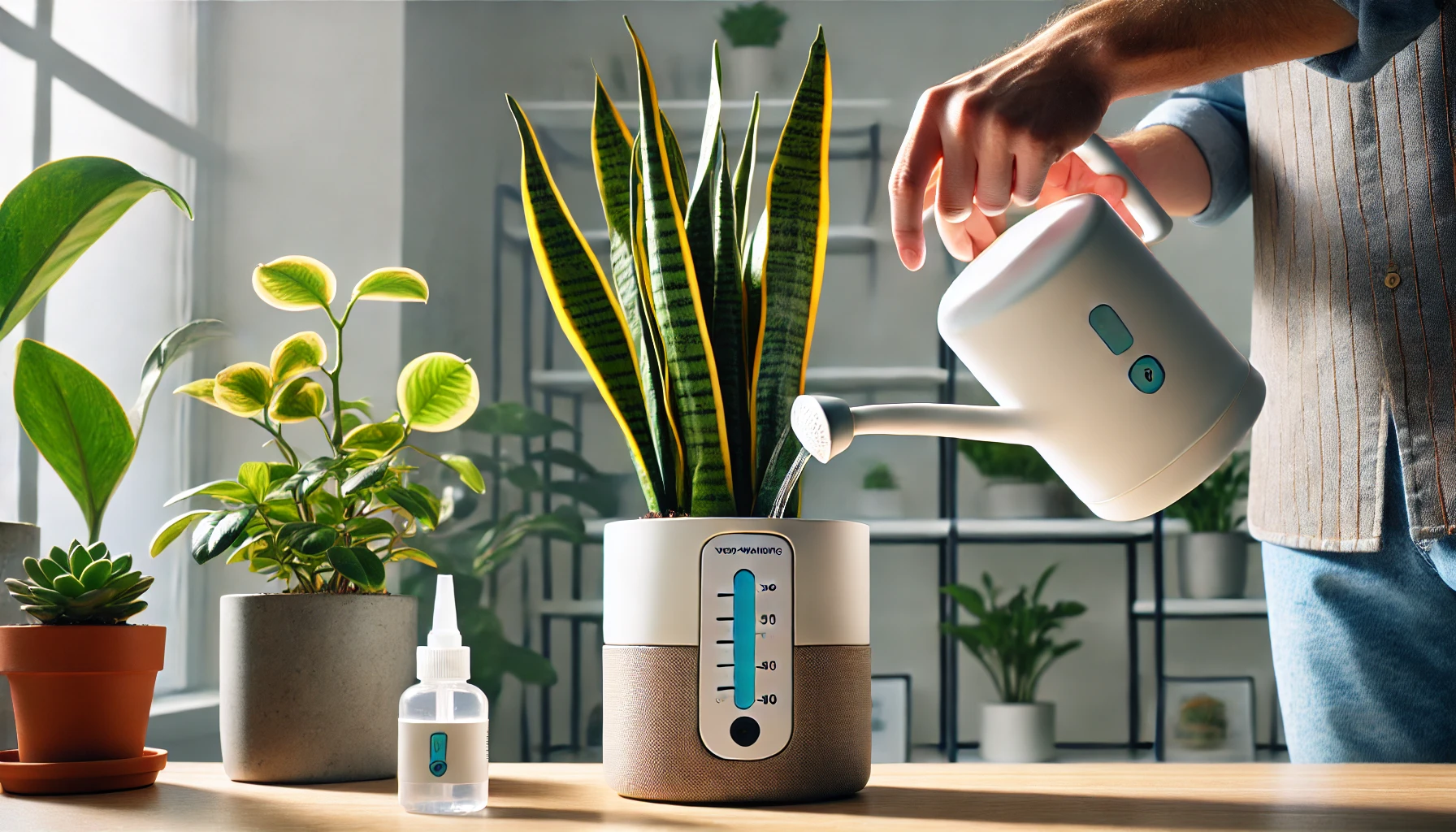
- Water the Right Way:
Give your plants a good watering so it goes down to the roots. Do not water from above, which can cause fungal growth. The best way to apply water is a slow, steady stream from a watering can with a long spout. - Fertilizing:
Low-maintenance plants need to be fed less. Feed orchids with a balanced liquid fertilizer every 4-6 weeks during the growing season (spring and summer). In the fall and winter, feed less, as plants are not growing actively. - Symptoms of Overwatering or Underwatering:
Yellowing or browning leaves could be a symptom of overwatering or underwatering. Modify your watering schedule accordingly to avoid these concerns.
By sticking to these straightforward watering and feeding instructions, you can keep your low-maintenance plants thriving without putting in much work.
Tips for Healthy Plants Making It Effortless
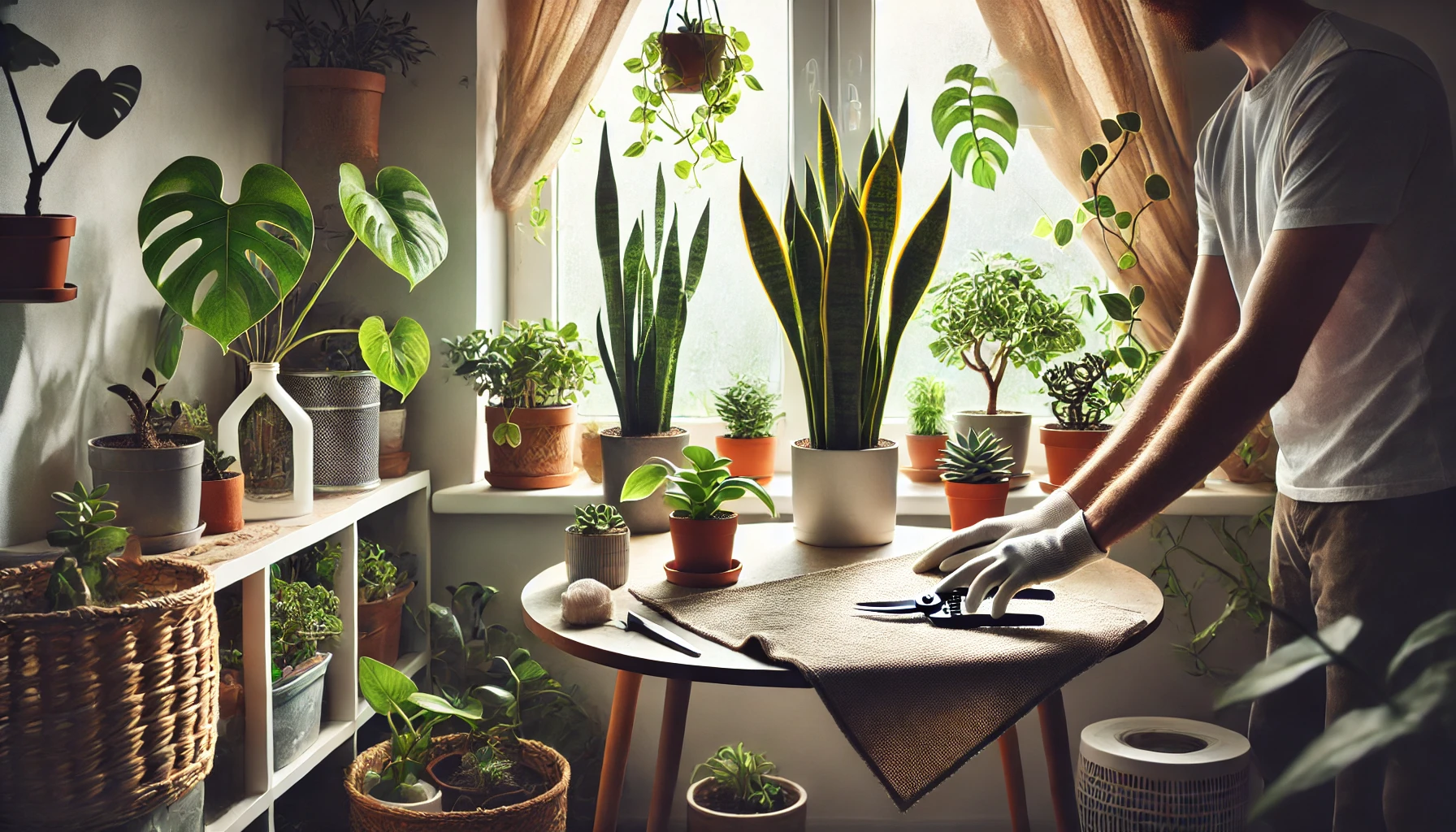
Here are some low-effort care tips to keep your low-maintenance plants healthy and happy:
- Light Matters:
Put your plants in the correct light conditions. Most low-maintenance plants thrive in indirect light. If a plant requires direct sun (succulents, for instance), keep it near a sunny window. - Regular Cleaning:
Occasionally dust the leaves of your plants so they can photosynthesize properly. A damp cloth also works fine to wipe off dust without harming the plant. - Pruning:
Cut off dead or yellowing leaves to keep your plants looking good and to avoid disease. Use sharp pruning shears for clean cuts and don’t cut off too much at once. - Avoid Overwatering:
Do this every 1-2 weeks or so, watering only when the top 1-2 inches of soil feel dry. Note: Too much water causes root rot, so always check the moisture in the soil before watering again. - Rotate Your Plants:
To promote even growth, rotate your plants every few weeks so they’re not leaning toward the light. This keeps them balanced and growing evenly.
In just a few words above, you will have them all back on track without too much effort on your part! All they need is a little bit of attention to make sure they survive.
Working Through Common Issues
Even the best low-maintenance plants can run into problems now and again. Common issues and quick fixes:
- Yellowing Leaves:
Leaves turning yellow are typically a sign of overwatering or inadequate drainage. Check the soil — if it’s mushy, water less and make sure your pot has drainage holes. - Leaf Drop:
If your plant is losing leaves, you may not be watering it enough, or you may have changed its temperature too fast or not provided enough light. Repot, if necessary, adjust your watering, keep your plant away from cold drafts, and make sure it’s getting the right amount of light. - Brown Tips:
Low humidity or infrequent watering can often lead to brown leaf tips. Raise humidity naturally with a humidity tray or misting, and remember to water regularly, but not too much. - Pests:
Indoor plants can be attacked by common pests such as aphids, spider mites, or mealybugs. Spray them with neem oil and wipe the leaves down with soapy water to kill the bugs. - Stunted Growth:
If you see little growth, your plant might need more light — or food. This little plant has a light source and might benefit from being fed a half-strength balanced fertilizer.
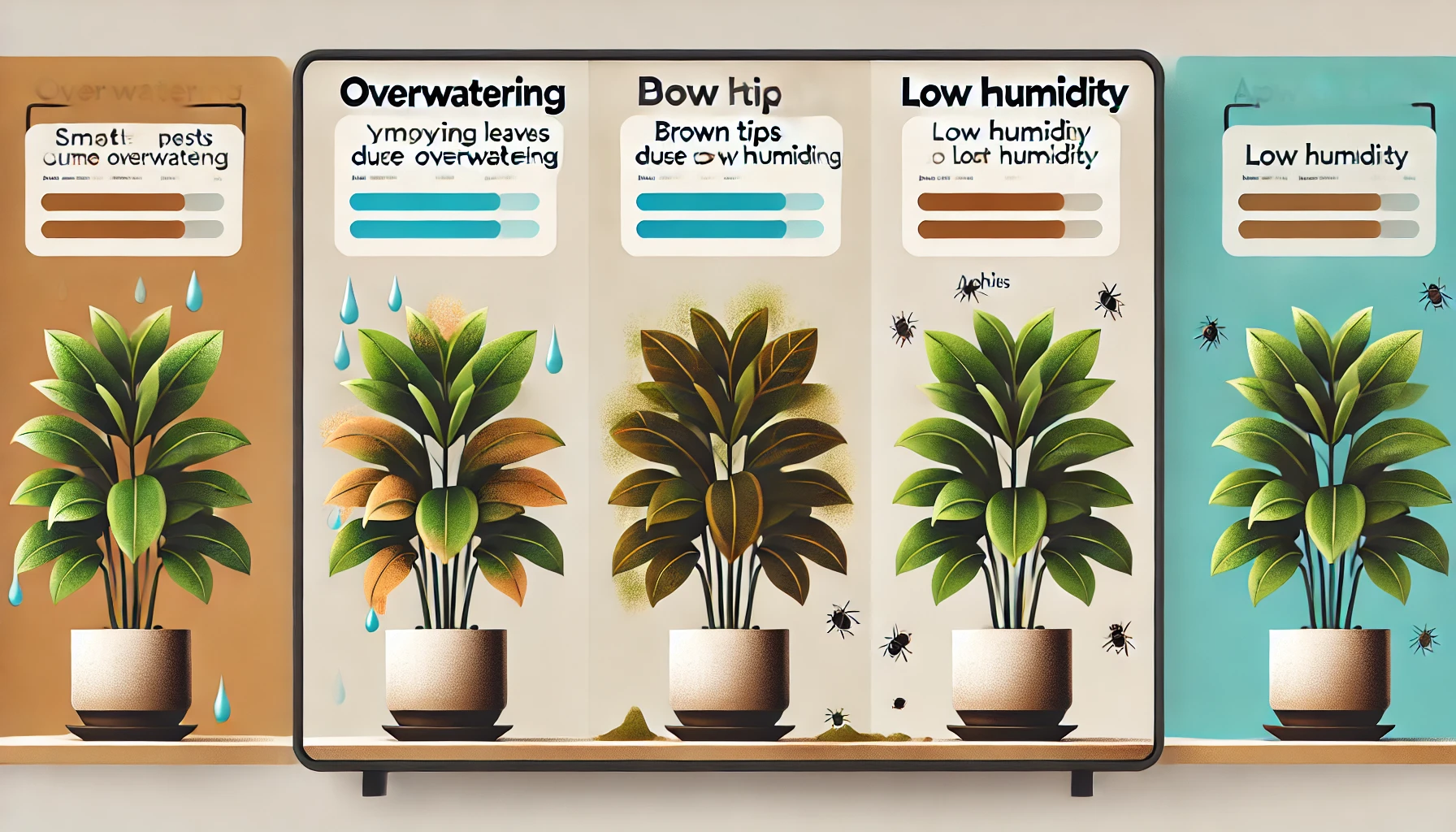
By recognizing these common problems early, and modifying your care regime, you can keep your low-maintenance plants healthy and flourishing.
Making Sure Your Indoor Garden Thrives in the Long Run
Here are some easy tips to ensure your low-maintenance indoor garden grows for years to come:
- Establish a Routine:
Consistency is key. Establish a timetable for watering, trimming, and inspecting your plants’ well-being. A simple weekly inspection can catch issues before they become big problems. - Monitor Light and Temperature:
Your plants’ light and temperature needs change as the seasons do. You can adjust by placing plants in better locations with the proper sun exposure or away from drafts in the winter months. - Repot When Needed:
Plants can become pot-bound over time. When you see your plant’s roots becoming crowded, repot it. Pick a pot that is a little bigger with good drainage for the plant to grow healthy. - Regularly Rotate Plants:
To promote even growth, switch the positions of your plants every few weeks. This prevents them from leaning toward the light, which encourages balanced, full growth. - Keep It Simple:
Don’t fertilize or water too much. Focus on the essentials — light, water, and maybe an occasional feeding — and your plants can flourish without constant attention.
With these simple tips, you can grow plants in your home long into the future with little upkeep and enjoy gorgeous plants year-round!
Low-maintenance indoor gardening is the perfect solution for those who want to make their home feel more relaxed and welcoming. With the right plants, an intentional garden setup, and simple care routines, you can have vibrant, healthy plants with very little work! You just have to be consistent, take good care of them, and preferably know about your plants. With the advice in this guide, you’ll be on your way to building a successful indoor garden that brings beauty and clean air into your space — all while fitting comfortably into your busy schedule. Happy gardening!
Frequently Asked Questions(FAQ)
What are the best low-maintenance indoor plants?
Some of the best low-maintenance indoor plants include:
- Snake plant (Sansevieria)
- ZZ plant (Zamioculcas zamiifolia)
- Pothos (Epipremnum aureum)
- Spider plant (Chlorophytum comosum)
- Peace lily (Spathiphyllum)
- Aloe vera These plants are hardy and can tolerate less frequent watering and varying light conditions.
How often should I water low-maintenance indoor plants?
The watering schedule for indoor plants varies depending on the species. However, most low-maintenance plants need watering only when the soil is dry to the touch, which could range from once a week to once every two weeks. Always check the soil moisture before watering to avoid overwatering.
Do low-maintenance indoor plants need a lot of sunlight?
Many low-maintenance indoor plants can thrive in indirect or low light. For example, snake plants and ZZ plants do well in low light, while pothos and peace lilies prefer medium light. It’s important to place them where they receive bright, indirect light, but they can also adapt to areas with less natural light.
Can I grow indoor plants without a green thumb?
Yes, you can! Low-maintenance plants are designed to be forgiving and easy to care for. With the right environment and a basic understanding of your plants’ needs, anyone can successfully grow them, even without a lot of experience.
How do I know when to repot my indoor plants?
Indoor plants typically need repotting every 1-2 years or when their roots outgrow their current container. Signs that it’s time to repot include roots growing out of the drainage holes, the plant becoming top-heavy, or the soil becoming compacted.
What are the signs of overwatering my indoor plants?
Common signs of overwatering include yellowing leaves, wilting despite moist soil, moldy soil, and a musty smell. Ensure that the plant’s pot has proper drainage and avoid leaving standing water in the saucer.
How do I deal with pests in my indoor garden?
Regularly inspect your plants for pests such as spider mites, aphids, or mealybugs. If you spot any, you can treat them with natural remedies like neem oil, rubbing alcohol, or insecticidal soap. It’s also important to keep your plants clean and dust-free.
Can I use artificial lights for my indoor plants?
Yes, many indoor gardeners use grow lights to supplement natural sunlight, especially if they don’t have access to enough natural light. Look for full-spectrum LED grow lights to provide the right spectrum of light for plant growth.
